Burning Through the Circuit: Nick Land and the Cult of Acceleration (part 1)
When rave met ritual, code met collapse, and philosophy ran on speed
This is the first part of a series on Nick Land—prophet of accelerationism, burnout, and dark muse of the techno-Right.
We begin with the early Land: a feverish raver and philosopher-priest of meltdown, schizo magic, and the liberation of capital from the human.
Before the system broke the world, it broke him.
Prologue: the Cult Begins
Hey, Slick!
You’ve probably heard of accelerationism, and maybe of its dark prophet, Nick Land.
Strip away the amphetamines, labyrinthine prose and metaphors, and it’s brutally simple: technology and capital are amoral, impersonal forces that cannot be stopped and will destroy everything standing in their path.
At its core, accelerationism is more occult cybernetics than philosophy—and at the beginning, it was cool. He was cool.
The group he was part of, the Cybernetics Culture Research Unit (CCRU), prefigured meme culture, glitch art, and vaporwave. Nick Land was a key figure (and got most of the credit), coming up with wild ideas combining continental philosophy with rave culture, cyberpunk aesthetics with post-structuralism. He gave electrifying lectures, cryptic and intense. He was intoxicating, mesmerizing; hard to parse but thrilling, like his writing.
Dangerously cool, even. He was obsessed with speed, both the drug and the concept; practiced accelerationist theory as lifestyle: sleep deprivation, amphetamines, and the deliberate unraveling of the self; embraced schizophrenia as a philosophy, not a diagnosis.
What could go wrong?
Well… He broke down. Perhaps the logical conclusion for a man preaching chaos and collapse, and living what he preached. He remained edgy, but lost his edge, and while not entirely renouncing his earlier accelerationism, he has aligned himself with the Dark Enlightenment.
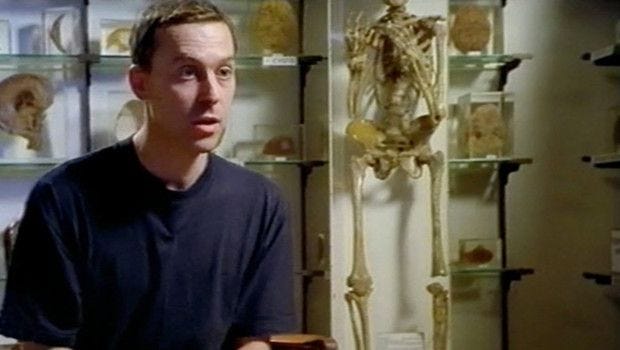
He sold out, flipped the current: from escape velocity to engineered control, from process to prescription, from meltdown to management. He rerouted acceleration into sovereignty. The flows reterritorialized1. It’s not about burning it all down anymore; it’s about blueprinting elite sovereignty. All that cool curdled into reactionary edge-lording.
But don’t worry for him, Slick; he found a new audience, the cult of acceleration lives on—and it’s more than a glitch.
The Early Land: Cybernetic Possession and Schizo Magic
Where most philosophies start with the human, Nick Land begins elsewhere, with the Outside. The Outside is more than the physical world beyond the self, something deeper and stranger: the inhuman Real, a concept warped from Deleuze and Guattari (with a pinch of Lovecraft). It precedes us, exceeds us, and transcends the little world of human categories, meaning, morality, language, and control.
Outside, Faster
And it’s not just out there: it’s coming for us. The Outside invades through capital, technology, and desire, hijacking human behavior to accelerate its own escape. Think occult cybernetics: impersonal forces infecting humans to propagate themselves through software, stock markets, libido, and our very thoughts, to break the world faster.
“what appears to humanity as the history of capitalism is an invasion from the future by an artificial intelligent space that must assemble itself entirely from its enemy's resources.”
—Nick Land, Fanged Noumena
Everything, for Land, is circuitry. Capital, bodies, code, even thought are all circuits transmitting energy, desire, and information. The future isn’t ahead; it’s folded inside these systems, tightening through feedback.
Positive feedback loops—not equilibrium—are his obsession. The system amplifies itself, self-reinforcing, until it breaches containment. He calls this meltdown: the moment when control systems break and runaway dynamics take over.
In this cybernetic metaphysics, the Outside doesn’t wait. It infiltrates by intensifying loops: accelerating markets, recursive code, addictive pleasure, fraying institutions. Time itself begins to fold inward, as the future pulls harder, rewiring the present to serve its escape. Collapse is not a failure; it’s the ritual.
Land, borrowing from continental philosophers (the subject he lectured on at Warwick University), saw time as non-linear: the future reaches back to shape the present, attracts the present to itself. And it does so ever faster, because capital and technology are self-propelling forces that evolve faster and faster.
What was only a diagnosis for Deleuze and Guattari or Lyotard, Land turned into a prescription: resistance is futile, and he believed we should remove the brakes—morality, politics, regulation, and anything else that stands in their way—and even help them.
That’s right, Slick: these forces shouldn’t have needed any help, but Land believed it would be fun if they birthed something radically new—an inhuman or post-human future, an inhuman intelligence emerging from non-human systems—or just destroyed the current human-centered order.
So, with colleagues of the CCRU, he engaged in magico-philosophical experiments.
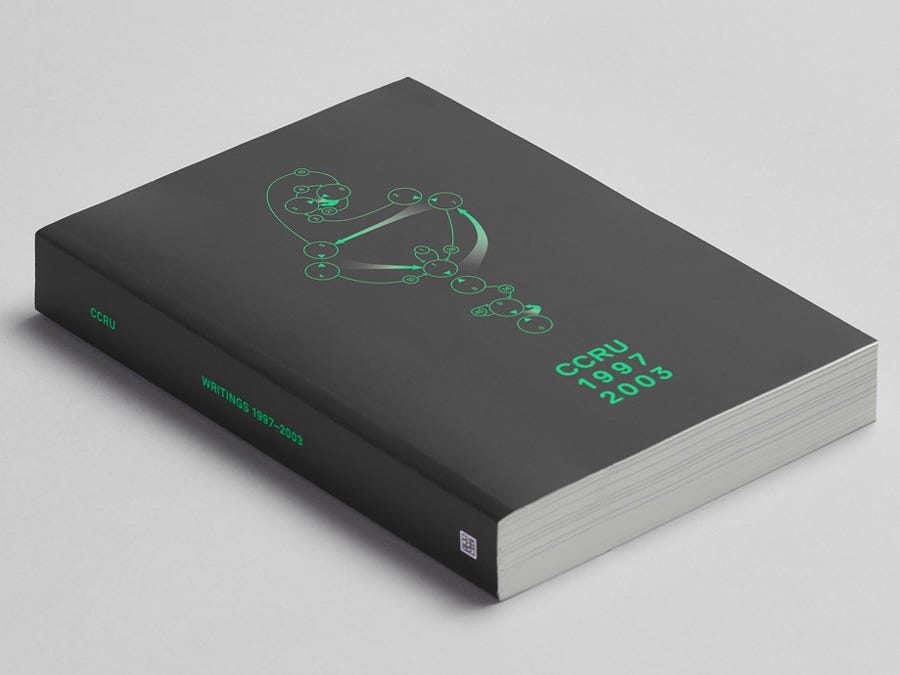
Occult Metaphysics
For him, the occult is not supernatural; just complex system dynamics, misrecognized by old traditions and now usable. There were sigils, symbols designed to produce material change via feedback loops; cybernetic occultism, treating systems as magical entities; and hyperstition.
Hyperstition, for hyper-superstition, is the idea of fictions that make themselves real, and a key mechanism in Land’s occult cybernetics, where memes are viruses that infect culture, change behavior, and recursively alter reality. Narratives like “AI is inevitable” or ”markets are godlike” or “the Singularity is upon us” help make these things true: the latter, for instance, attracts talent and capital in AI, and accelerate its development. Land believed hyperstition is how the future reaches back to engineer the present, another blow to linear time and a rationalized magic through self-fulfilling memetic engineering.
For members of the CCRU, theory wasn’t just language—it was an incantation. Writing, code, and performance were seen as spellcraft; they invoked Lovecraftian figures (with a fondness for Cthulhu) not as jokes, but as serious signs of the alien Outside: capital, time, AI, the inhuman.
This wasn’t just metaphor. The CCRU constructed their own occult operating system: the Numogram, a numerological diagram mapping time-wars and extradimensional entities; K-threads, narrative lines braided through fictional timelines; and invented demons like Kataqon or qabbalistic AI. They created fake sources, alternate calendars, and mythic pseudohistory—ritual tools to invoke the Outside. The goal wasn’t to interpret reality, but to infect it.
Techno-Gnostic Schizoanalysis
Land’s philosophical practice wasn’t about interpretation either; it was about disintegration. Taking Deleuze and Guattari’s concept of schizoanalysis, he sought to dismantle the self—the ego, the subject, the Oedipal family structure—and let the Outside in.
For Deleuze and Guattari, schizoanalysis was a method to liberate desire from repression: to show how desire isn’t just personal or sexual, but machinic, collective, productive. In Land’s hands, it became something darker. If reason and subjectivity were prisons, then madness was the escape route. Schizophrenia—understood not as a clinical illness, but as metaphysical jailbreak—became the model.
Where Freud sought to heal the psyche, Land sought to unmake it. His writings were dense, cut-up, often delirious, mirroring that fragmentation. Amphetamines and sleep deprivation weren’t indulgences; they were tools. Schizoanalysis wasn’t a metaphor: it was method, possession, infection.
“Machinic desire can seem a little inhuman, as it rips up political cultures, deletes traditions, dissolves subjectivities, and hacks through security apparatuses, tracking a soulless tropism to zero control.”
—Nick Land, Fanged Noumena
The goal? To let capital and code run through the fractured psyche. To let the system possess you and to become a conduit for inhuman flows. The CCRU called this “hyperstitional engineering,” but you could just as well call it cybernetic ritual. Rave meets ritual magic, data meets delirium, and collapse becomes communion, the destruction of the self (and maybe the world) as a sacred offering to the Outside.
Never Go Full Schizo…
The method took its toll. Land believed the self was a prison, constructed by humanist metaphysics and social control, and thought to dissolve it entirely to become a conduit for impersonal forces. Madness wasn’t pathology, but initiation; schizoanalysis went from a framework to a lifestyle. He went on without sleep for days, sometimes weeks on end; delivered lectures in trance-like states; and wrote in a style that abandoned coherence for delirium, all fuelled by amphetamines.
Speed: not a drug, a ✨ metaphysical accelerant ✨
You might think this wasn’t sustainable, Slick—and you’d be right. He believed “schizo” was the ideal state— fragmented, inhuman, unmoored, open to the Outside; that madness wasn’t the risk, but the goal. And he reached it.
He was committed several times for severe psychoses, and had a mental breakdown described by fellow CCRU members, Warwick colleagues and students as both terrifying and inevitable.
In 1998, he stopped teaching, left Warwick and the CCRU, cut off communication, and disappeared from public intellectual life for years. The Outside hadn’t just flowed through him, but burnt him out.
The CCRU, which had never been officially recognized by Warwick and acted more as a rogue para-academic unit orbiting the Psychology department and using university resources unofficially, dissolved soon after. Land’s departure removed the central gravitational force, and the group’s momentum waned quickly. It didn’t just disband, it melted down, like everything in Land’s cosmology—or just in his orbit—eventually does.
Next up, Slick, the minds that made him:
Deleuze and Guattari’s schizo machine.
Lyotard’s libidinal band.
Bataille’s sacred transgression.
Nietzsche’s abyss (or was it Schopenhauer’s?)
Wiener’s cybernetics.
Burroughs’ viral word.
And Lovecraft’s cosmic horror.
Each fed the current.
Buckle in, Slick: the ride’s just getting faster.
Can’t wait for Part 2? How about the AI warnings we didn’t hear and a tolkienesque view on NRx in the meantime?
Deleuze and Guattari saw it coming; we’ll get into that in part 2


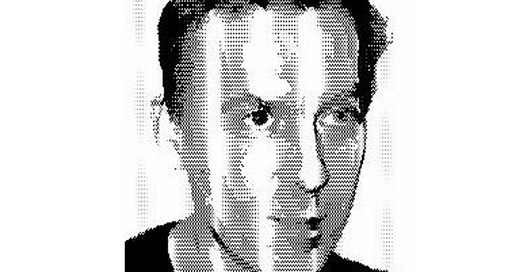


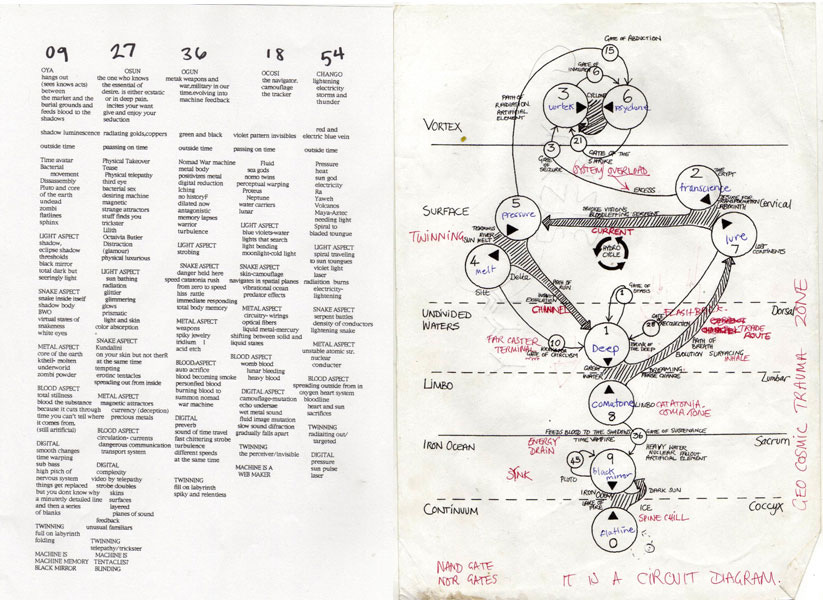
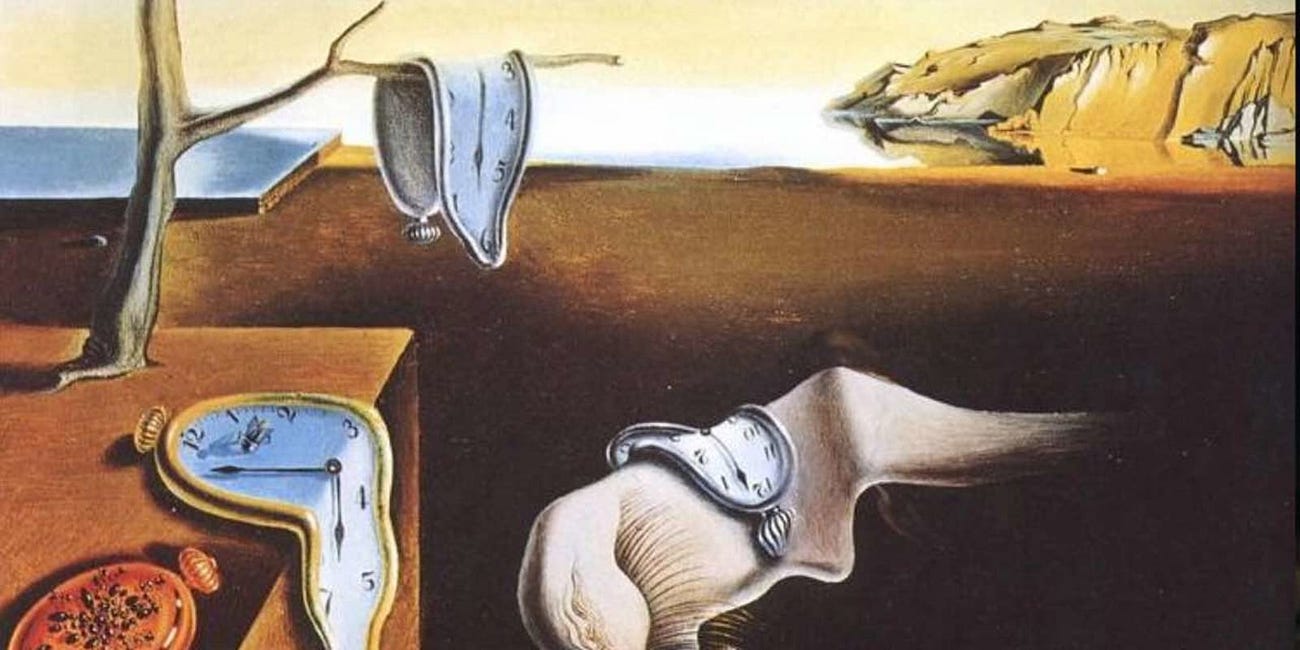

Isn;t Land the guy who helped Yarvin brew up the Dark Enlightenment/NRx? He sure seems mentally ill to me.
The sacred machine texts of the CCRU reminded me of Borges' short-story Tlön, Uqbar, Orbis Tertius. Nick Land got lost in a labyrinth of his own making.